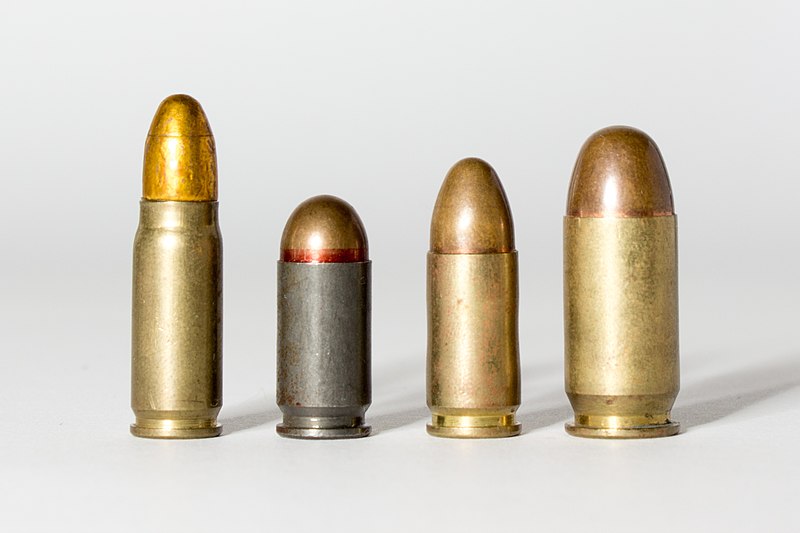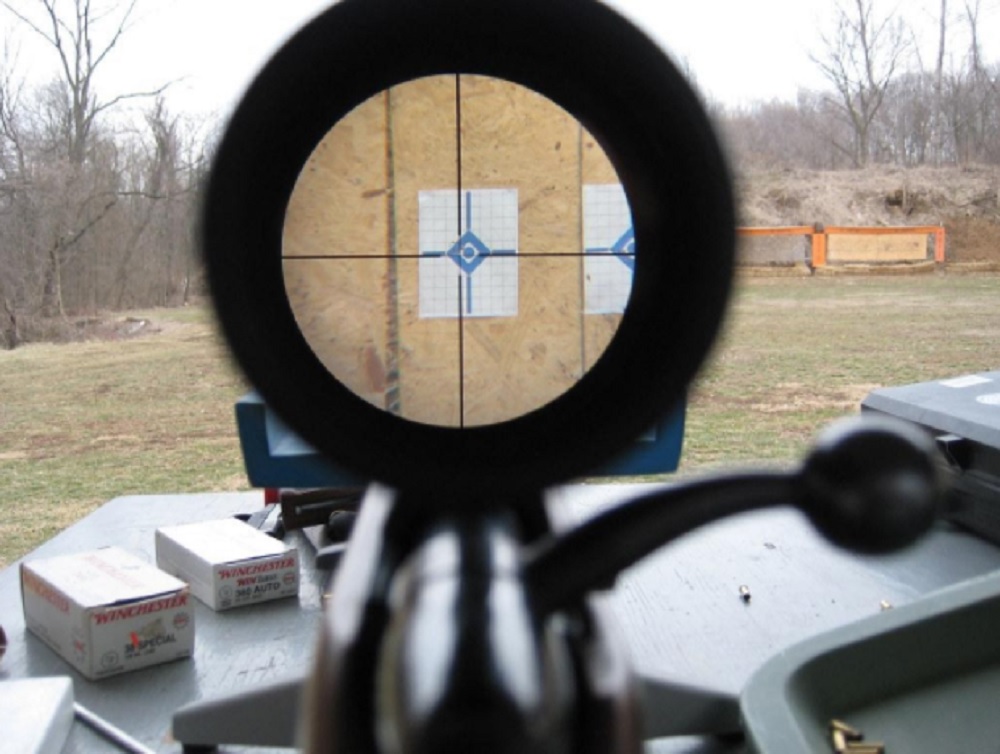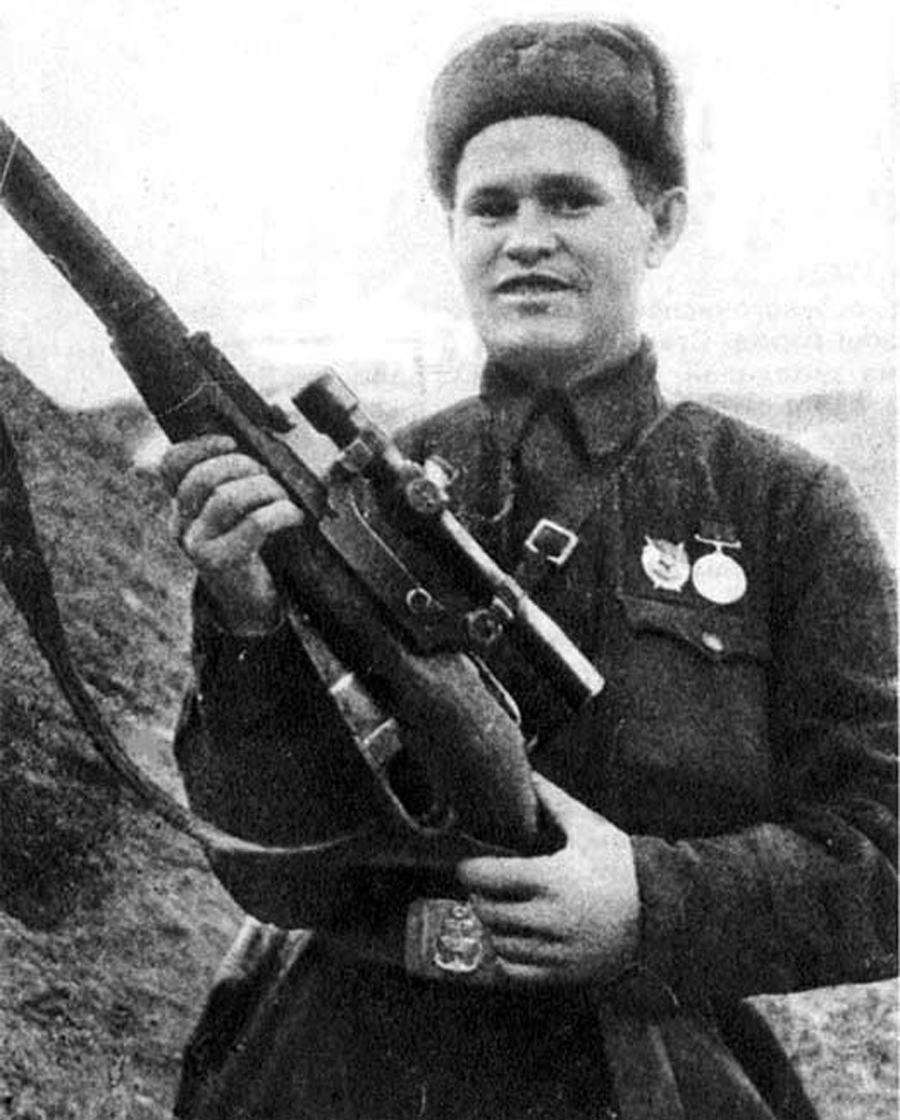
Photo Courtesy of Grasyl
There are some things you just don’t talk about at family dinner. That includes politics, religion, and whether 9mm is a better handgun caliber than .45 ACP. We’re not here to try and settle that age-old debate. That’s way above our pay grade. Instead, we’re going to take a look at some of the differences and similarities between 9mm vs .45 ACP.
9mm vs 45 ACP: Ballistic Breakdown
Below, we’ve compiled some ballistic information about how 9mm measures up vs .45 ACP. As you look over this data though, remember one thing. Ballistics isn’t everything. We’ll get into some of the nitty-gritty differences between 9mm vs .45 ACP further into this post.
|
Caliber |
Muzzle Velocity |
Energy |
|
1,225 ft/s |
383 ft-lb |
|
|
950 ft/s |
461 ft-lb |
9mm Parabellum: What Is It and What Is It Good For?
The 9mm cartridge, technically the “9×19 Parabellum,” takes its name from an old Roman phrase: si vis pacem, para bellum. Translated into English, it means “if you want peace, prepare for war.”
As we can see from the chart above, 9mm bullets have a higher muzzle velocity than 45 ACP bullets do. Combined with the 9mm’s smaller size than .45 ACP, that translates into deeper bullet penetration. A higher muzzle velocity and lower weight also means that the 9mm usually has less vertical drop than a 45 does.
Another one of the major advantages that most 9mm guns have over those chambered in .45 ACP is magazine capacity. Most 9mm handguns feature magazines that range from 12 to 15 rounds, although some pistols have insane capacity (the Glock drum magazine comes to mind).
In contrast, most .45 ACP guns are 1911s. These typically max out at 8 rounds per magazine, or up to 15 with one of those goofy-looking extended magazines. That’s significantly less than what you’d get from a modern 9mm pistol. But a .45 prominent might mention that you can just reload your gun to access more ammo.
45 ACP: Pros and Cons
![]()
Photo Courtesy of Max Pixel
Ahh, the noble .45. Made famous by the ubiquitous 1911, the .45 ACP is notorious for having single-handedly beaten the Kaiser, Hideki Tojo, and Adolf Hitler. With a resume like that, what is there to even argue about?
Joking aside, the .45 ACP does have a pretty illustrious history. But we’re not here to let this round rest on its laurels. We want to see how it performs in modern-day situations.
Looking at the chart above, we can see that the .45 ACP can actually transfer more energy into its target. That means that the wound cavity from a .45 ACP will likely be larger than one from a 9mm.
One very modern benefit in .45 ACP’s favor is its suppressed performance. The .45 ACP is already an inherently slow-moving bullet. It’s so slow-moving, in fact, that it’s actually subsonic. As a result, you can truly achieve movie-level whispers when shooting your .45 suppressed. You can’t say the same about a faster-moving 9mm, though.
That about covers the main differences between 9mm vs .45 ACP. To hear SDI Content Marketer Joey Upper and SDI’s Master Gunsmith, Kip Carpenter go further into this discussion, check out their podcast episode on this exact topic.


